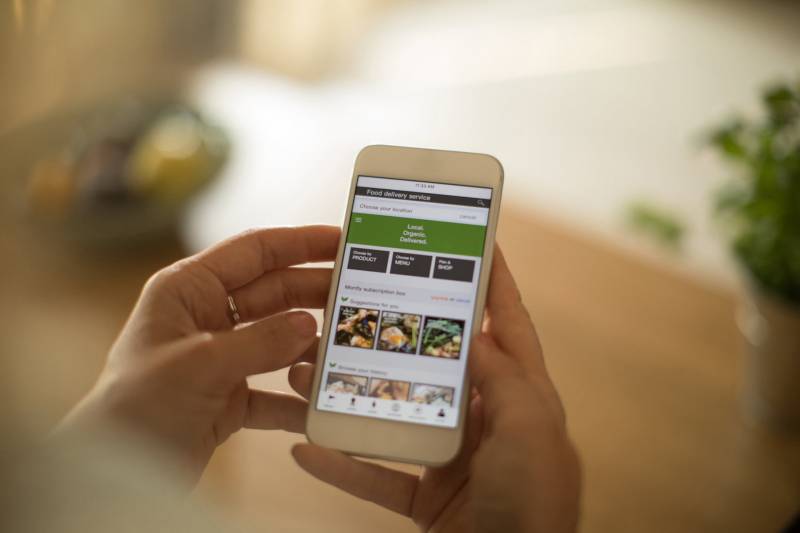Within these states, the study found that nearly 93% of SNAP-eligible households in urban food deserts were located in areas that fully qualified for grocery delivery.
Brandt hopes the study is one step in finding more applicable solutions for people living in areas with high rates of food insecurity.
"What is already in place as a potential mechanism to improve their access to quality foods? Delivery, definitely," he says.
For the study, Brandt looked at the USDA's Food Access Research Atlas to find census tracts for areas classified as food deserts. Then he compared these results with all the stores that accept SNAP and also deliver to those locations.
But while urban food deserts were overwhelmingly covered by delivery services offered through companies such as Instacart, Peapod and ShopRite, the results in rural areas were not nearly as promising.
Of the 59 rural census tracts analyzed, zero qualified for full grocery delivery. Thirty percent of them were partially deliverable to, and 69.5% of the tracts were not deliverable to at all.
The difference between partial and full delivery, Brandt explains, is a discrepancy in the two sets of data — while food deserts are measured by census tracts, delivery is determined by ZIP code.
"They're mutually exclusive, and they don't define each other," he says. "So that's why there's this middle category of partially deliverable, because some of the ZIP codes that were in the census tract for the food desert had delivery, but other ZIP codes in that same census tract did not."
There is also the challenge of paying for the delivery itself. As of now, SNAP benefits in participating states can be used to purchase food online but not to pay for delivery fees.
Julie Companey, the director of grocery marketing at Valassis, a firm that conducts market-specific research, says that ordering groceries through a service like Instacart could lead to a potential upmark in prices compared with the costs in stores. But for some SNAP recipients, the convenience of ordering online may still outweigh these hurdles.
Companey points to a 2017 survey of SNAP recipients crowdsourced by Field Agent, a retail-auditing firm, in which 51% of respondents said they were "completely likely" to buy groceries online for pickup or delivery if given the option, even with additional delivery fees. The top three reasons respondents gave for choosing to order online were convenience, being able to pay for their groceries without other shoppers seeing they were using SNAP benefits and, for parents, not having to navigate the grocery store with their kids in tow.
Brandt says there's hope that these additional cost challenges, like delivery fees, can be addressed through the pilot program in the future. For now, he says the study is proof that maybe allowing more SNAP recipients to turn to online grocery delivery could mean an overall increase in the quality of food they're putting on the table.
The pilot program will run for two years, until April 2021, at which point it will undergo review to ensure that all online transactions are secure and run without technical difficulties. The USDA hopes to eventually expand the program nationwide.
Copyright 2019 NPR. To see more, visit www.npr.org.
